Availability
-
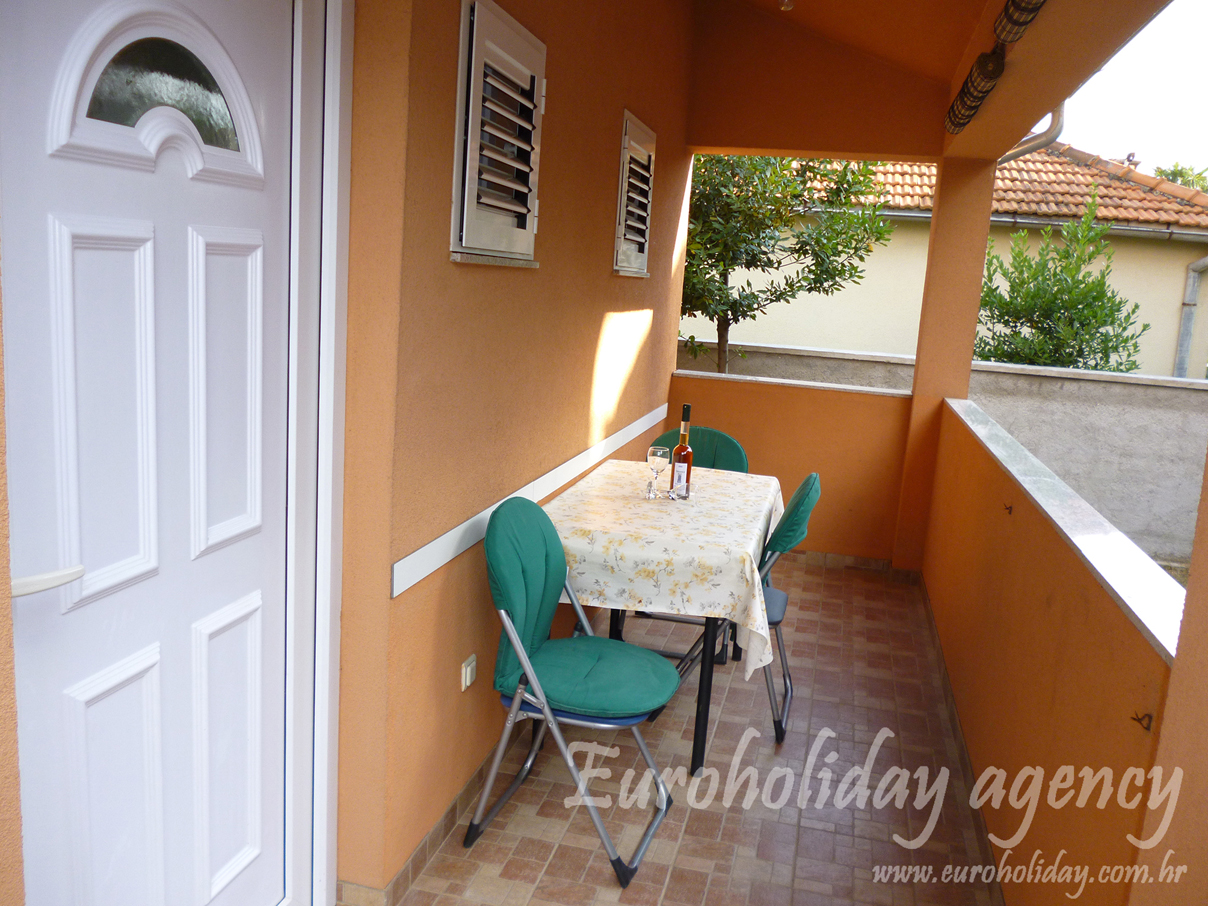 Max:
Max: Facilities:1 bedroom, Balcony, Barbecue, Ground floor, Kitchen, Living room, Refrigerator with freezer, Separate entrance, Toilet, TV
Bed size:2+2
Size:40
-
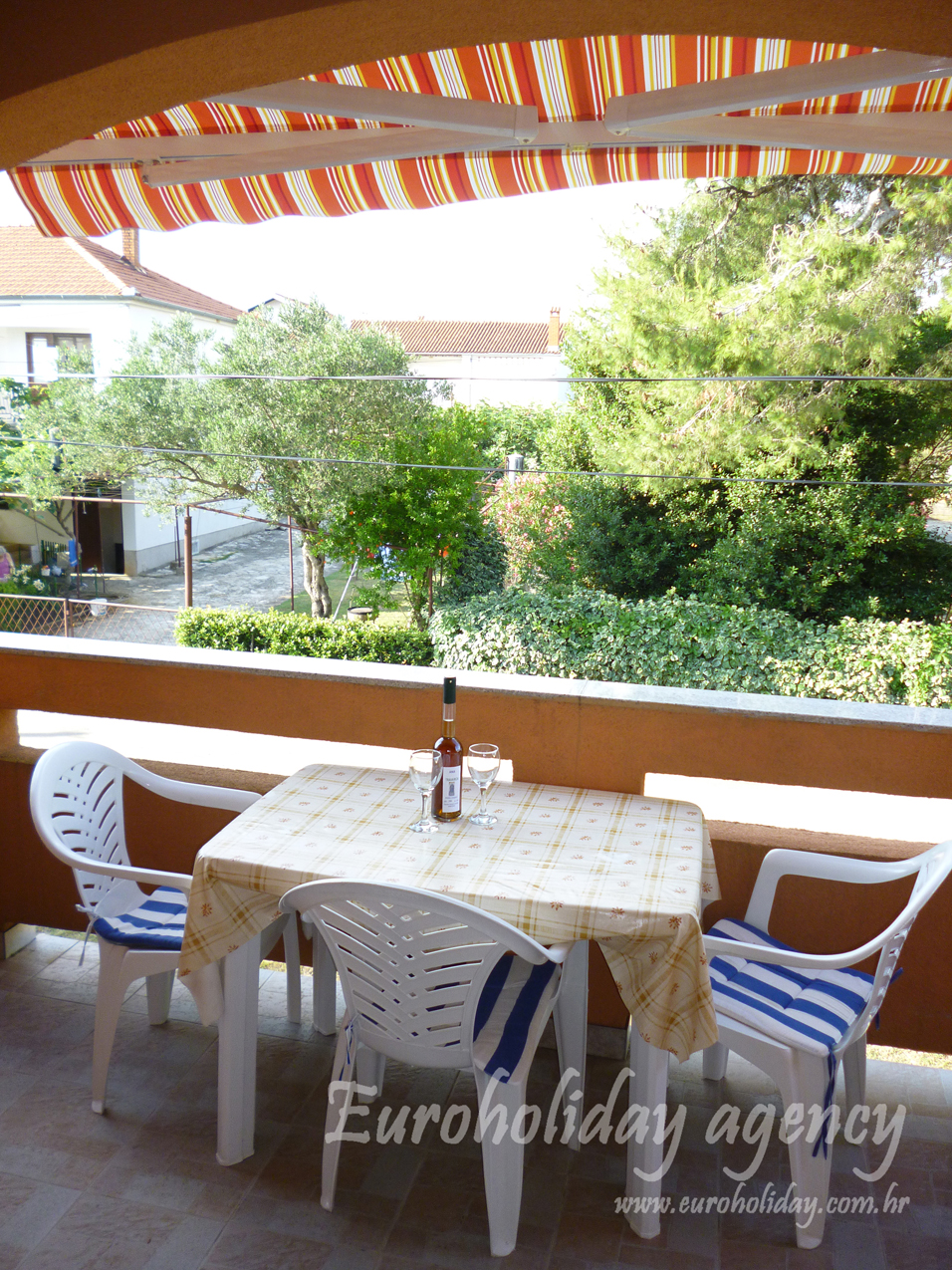 Max:
Max: Facilities:1 bedroom, 1. floor, Air Condition, Balcony, Barbecue, Kitchen, Living room, Refrigerator with freezer, Separate entrance, Toilet, TV
Bed size:2+2
Size:50
-
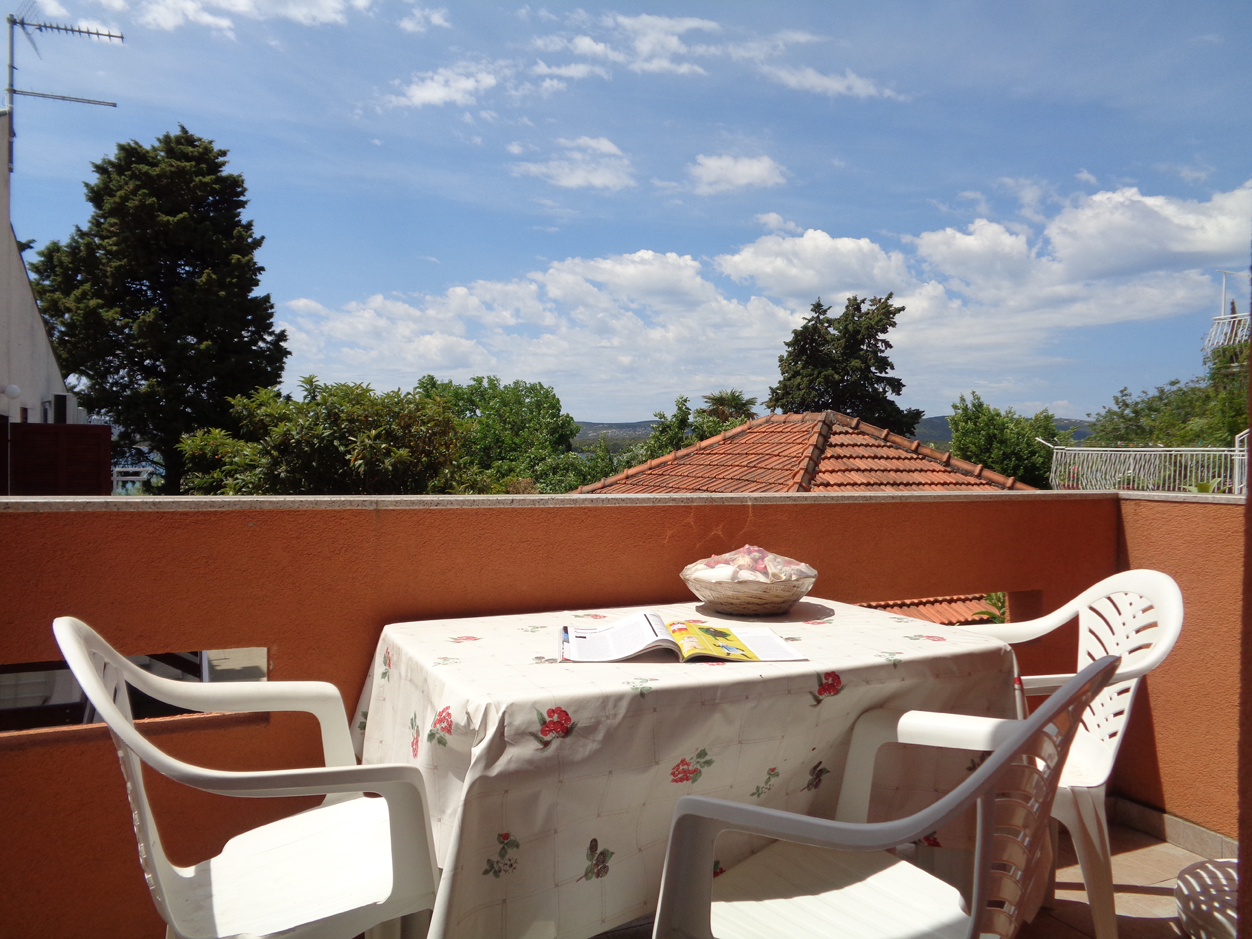 Max:
Max: Facilities:1 bedroom, 1. floor, Air Condition, Balcony with sea view, Barbecue, Kitchen, Living room, Microwave, Outdoor shower, Refrigerator with freezer, Separate entrance, Toilet, TV, Washing machine, WiFi
Bed size:3+2
Size:40

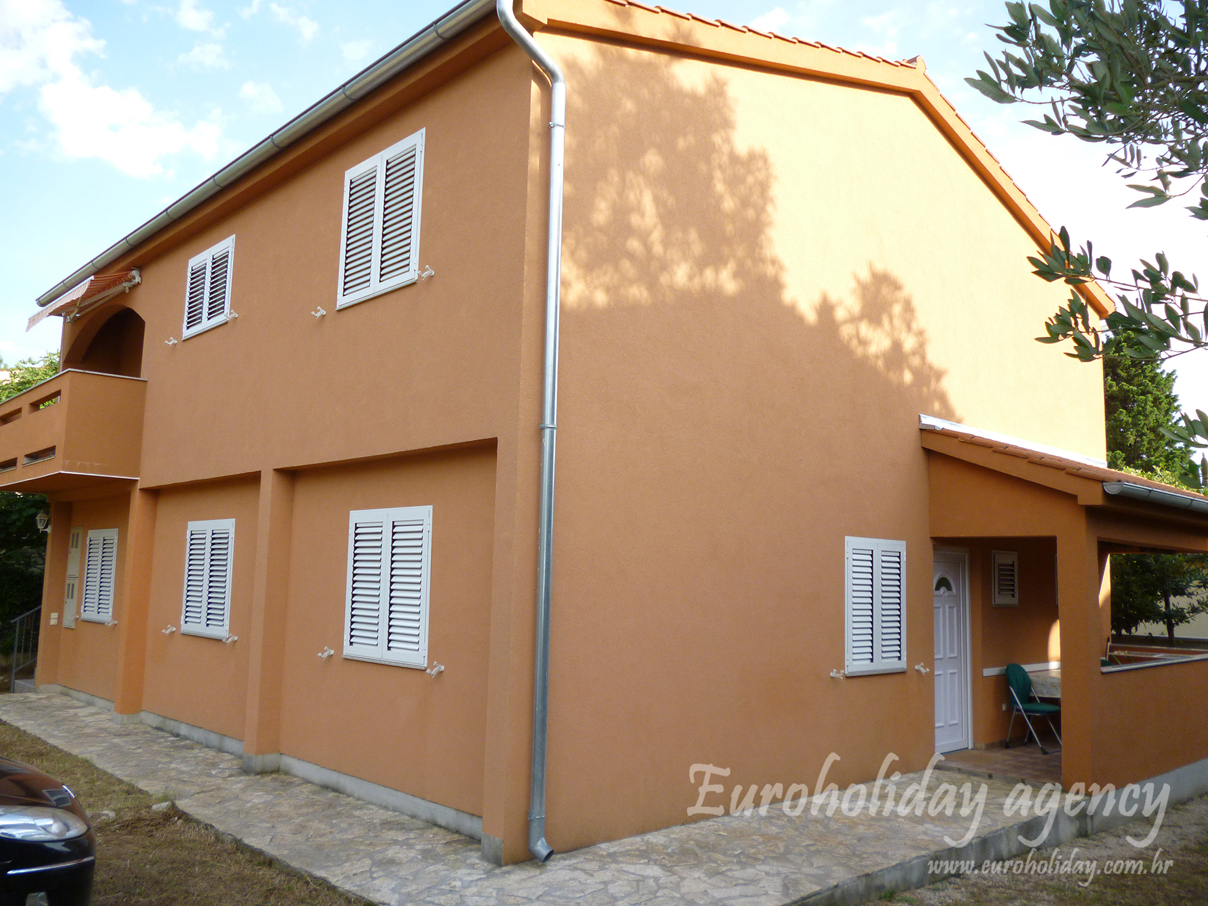
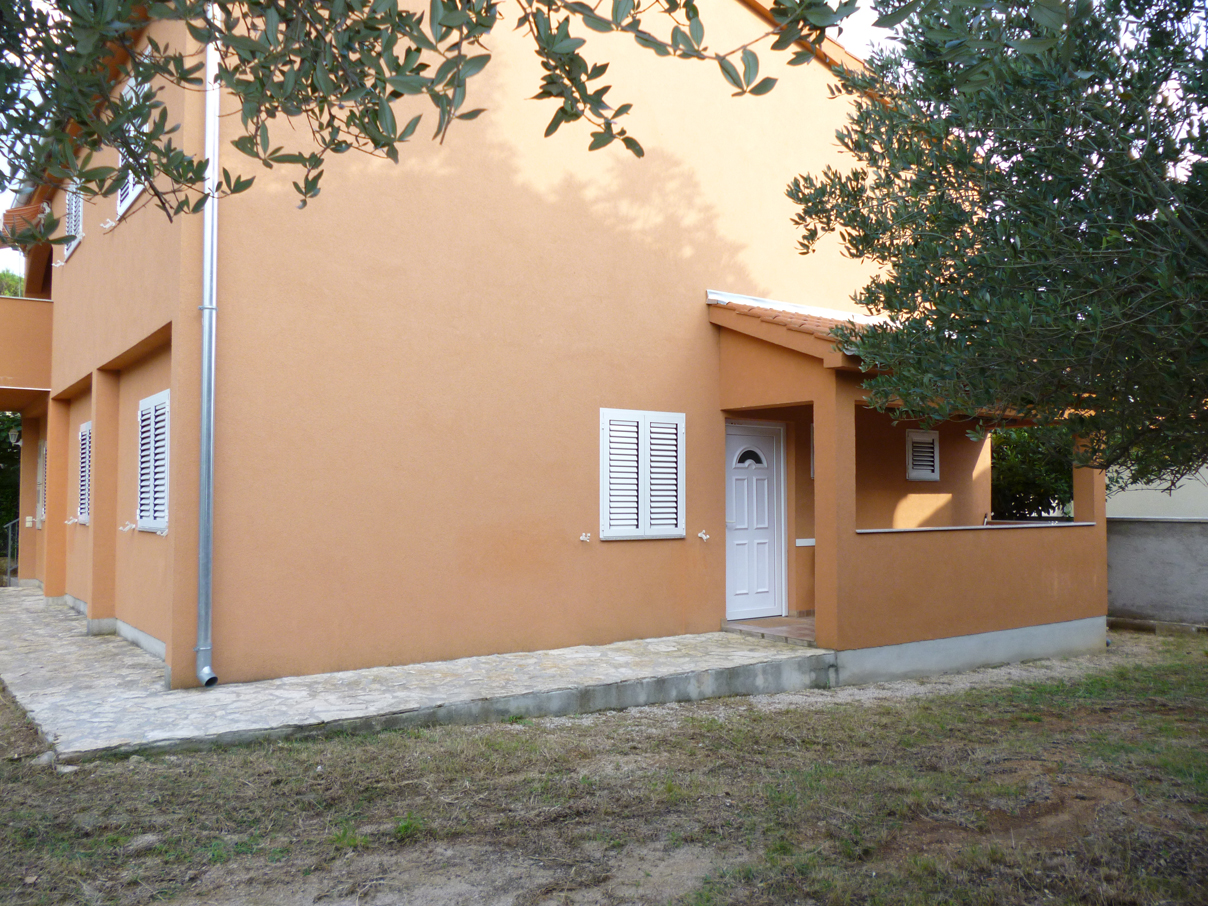
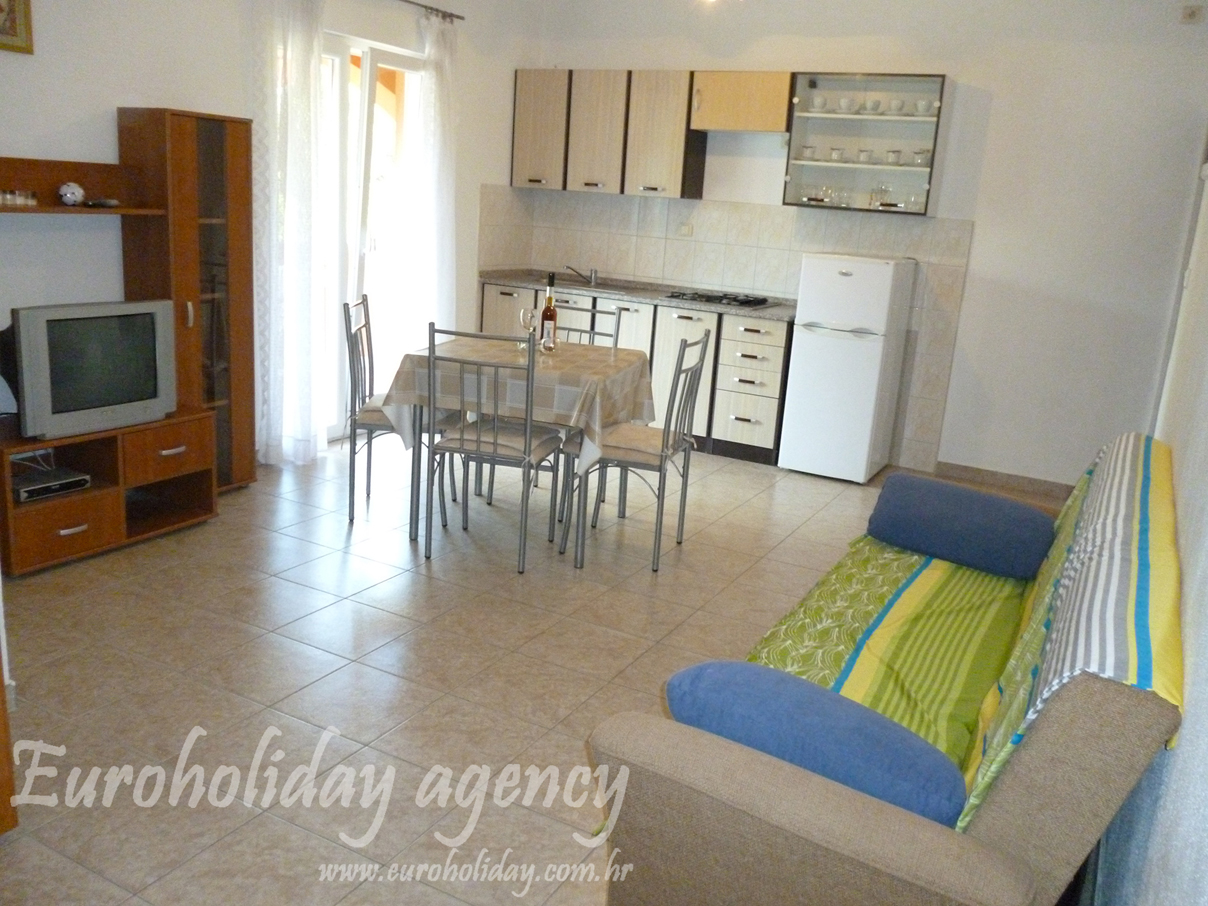
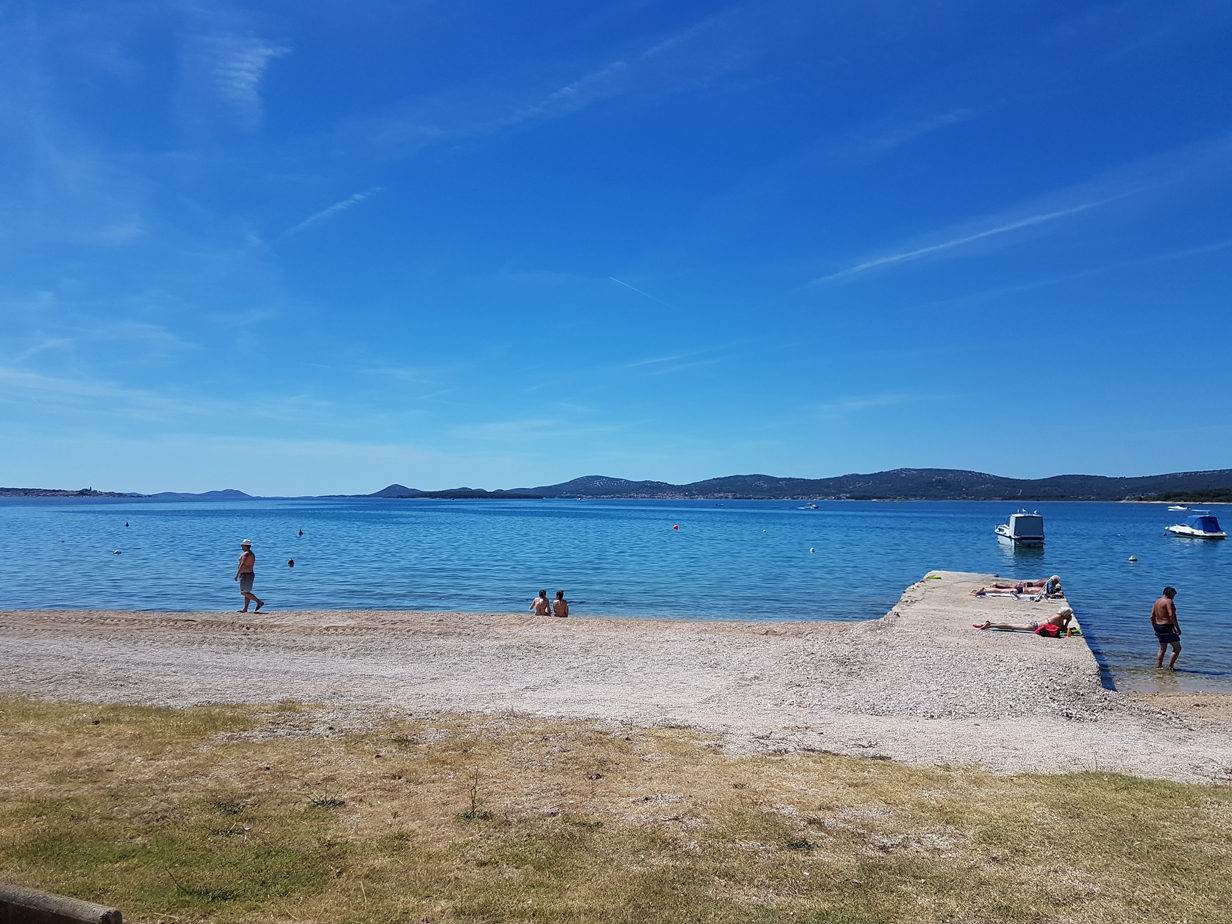
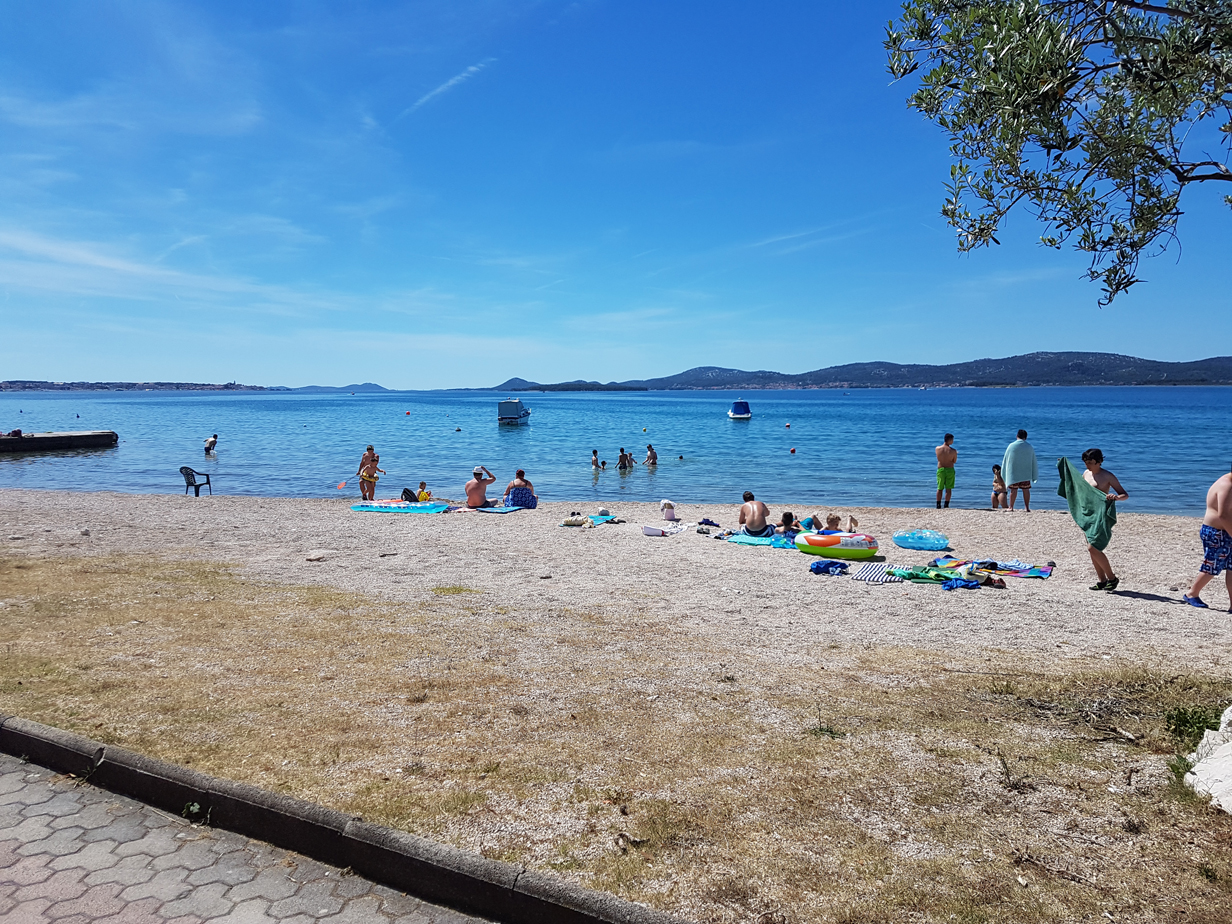
 On the shores of Pašman Channel, surrounded by the historic town of Zadar and royal town of Biograd, there lies the picturesque small town of Sv. Filip i Jakov. Sv. Filip i Jakov is well known for former summer residences and parks that belonged to Zadar noblemen. The one that is still famous nowadays is
On the shores of Pašman Channel, surrounded by the historic town of Zadar and royal town of Biograd, there lies the picturesque small town of Sv. Filip i Jakov. Sv. Filip i Jakov is well known for former summer residences and parks that belonged to Zadar noblemen. The one that is still famous nowadays is